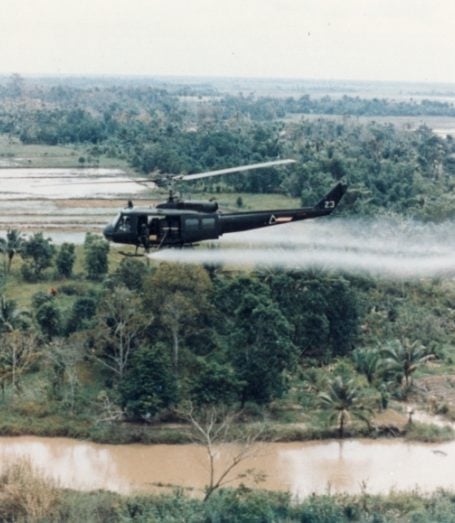

Agent Orange
U.S. troops have fought in jungles since the Spanish-American War. Vietnam, however, presented new challenges, as enemy forces used the thick, triple-canopy jungle as a tactical advantage in guerilla warfare. To counter this advantage, the Americans launched Operation Ranch Hand in 1962, employing chemical herbicides and defoliants in enormous quantities to deprive the enemy of places to hide. Agent Orange is the most infamous of these “rainbow herbicides,” and its lingering toxicity continues to affect those exposed on either side of the conflict.
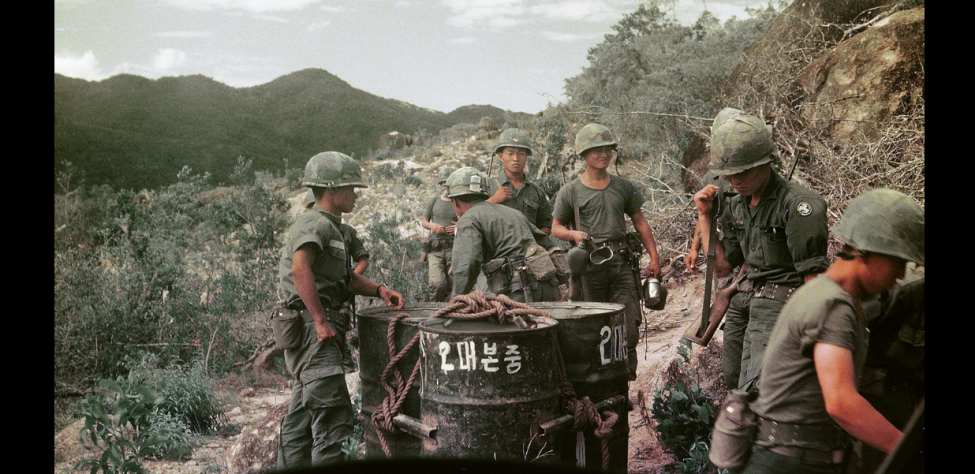

Although building coalitions of countries to fight together during a war is commonplace today, few Americans realize that the U.S. led a coalition of countries to fight in the Vietnam War. Six other countries committed troops, materiel, bases, and other types of support. The U.S. began by supporting our ally, South Vietnam, and estimates are that more than 1 million Vietnamese military and civilians died during the war. With more than 2.7 million Americans serving in Vietnam and surrounding waters, more than 58,000 are remembered on the Vietnam Veterans Memorial. Five other nations also sent and lost troops in the war: South Korea, Australia, New Zealand, Thailand, and Philippines, collectively, sent nearly 400,000 troops and lost more than 5,000.
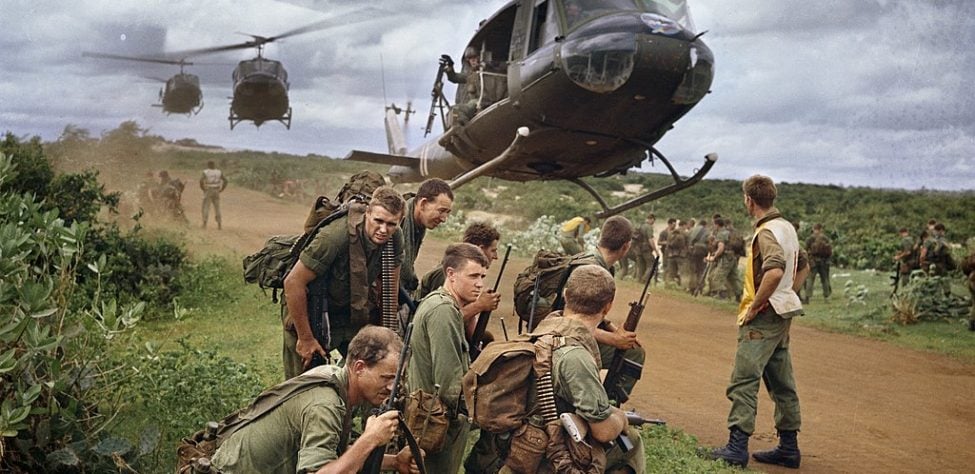

After the Republic of Korea, Australia provided the most military support to South Vietnam and the United States. More than 61,000 Australian service members served in the war between 1962 and 1972. While Australia’s forces never exceeded 8,000 troops at a given time, they were wide-ranging: infantry, airborne, medical and armored units, helicopters and planes, and even a naval destroyer.
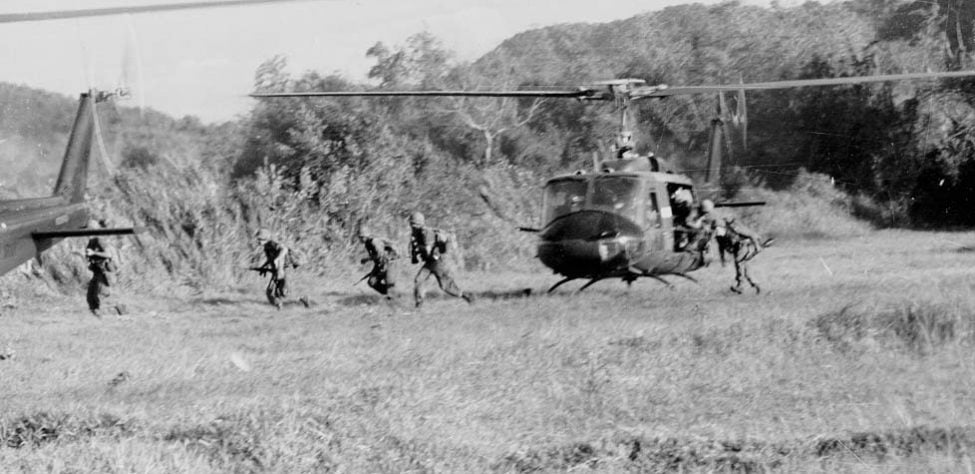

In the fall of 1965 the Vietnam War was an event most Americans saw as a series of smaller battles leaving little to remember. That all would change when the First Cavalry Air Mobile Division flew into the Ia Drang Valley in the central highlands of South Vietnam. The Battle of the la Drang Valley would come to be remembered as one of the most iconic battles of the Vietnam War, and later would set the scene for the film We Were Soldiers based on the novel We Were Soldiers Once……And Young. It was the first major combat action between U.S. ground forces and the North Vietnamese Army. And it all began early one fall day.
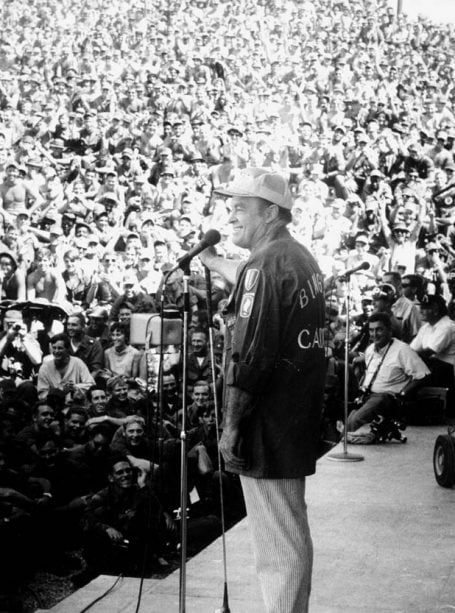

Bob Hope
At a time when so many Americans were divided over the Vietnam War, they weren’t divided over Bob Hope. In 1970, Hope drew 46.6 percent of American homes to his January special, the largest television special ever broadcast. While Americans watched service members fighting on the evening news every night, Bob Hope offered a different perspective. He brought sons, brothers, and husbands back home to their living rooms. He showed us our men overseas smiling and laughing, as if perhaps, in that moment, everything was alright. Going back and watching the clips, his sincerity and caring for service members was palpable, and when he hit the punch line, the response was always an uproar of laughter and applause.
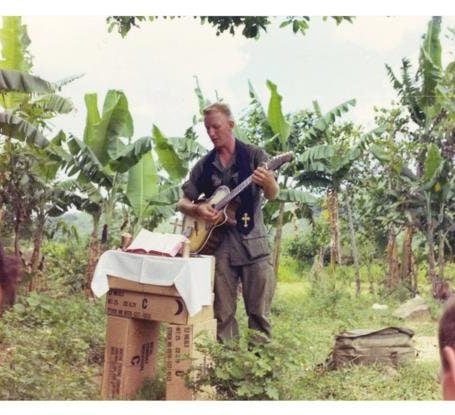

Chaplains on The Wall
Since 1775, more than 25,000 chaplains from a multitude of religions have provided spiritual guidance and counseling to the men and women serving in our armed forces. While chaplains were noncombatants, they often became targets as they put themselves in harm’s way to pull the wounded to safety or to administer comfort and last rites.
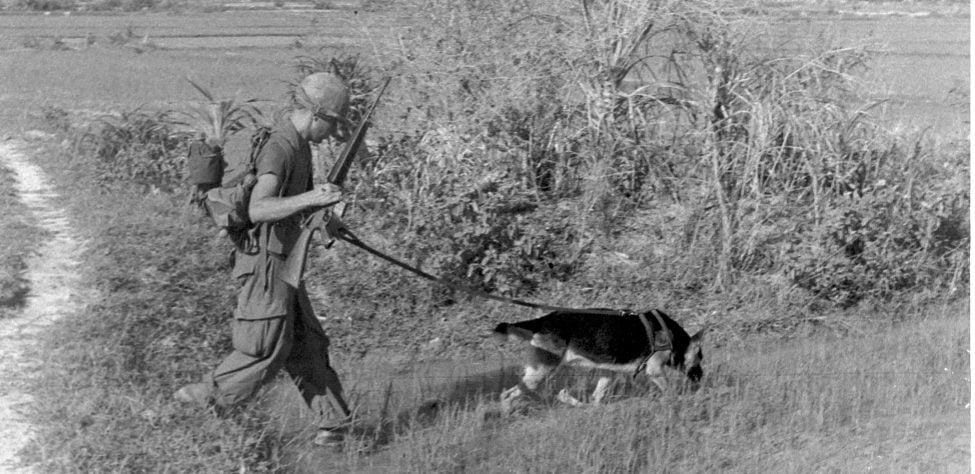

Dogs have been man’s partners in war for a long time — at least as far back as 4000 BC. Their keen senses, learning ability, physical endurance, and devotion to man has made them invaluable companions on battlefields both past and present. In the jungles of Vietnam, nearly 4,000 specially trained dogs served in a variety of combat roles, reportedly saving tens of thousands of U.S. troops from injury and death.
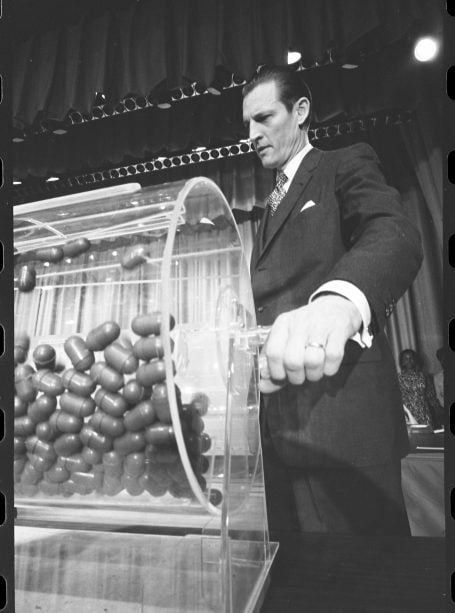

The Draft
Two-thirds of the U.S. military who served in the Vietnam War — and more than half of the names on The Wall — volunteered for duty. The other one-third were drafted, primarily into the Army. The Selective Service System during the Vietnam war was highly controversial, especially because early in the war draftees came disproportionately from poor, working-class, rural, and minority populations.
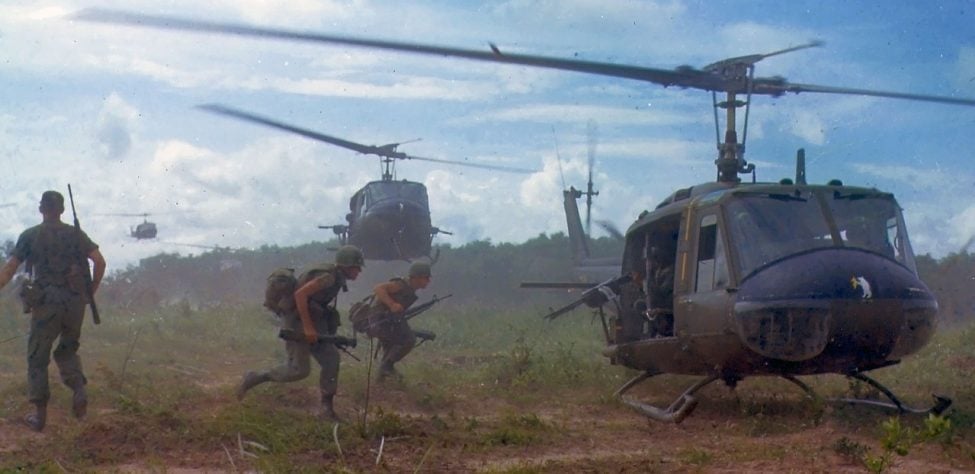

The U.S. military first employed combat helicopters in WWII, to extract downed flight crews. The Korean War saw an increased role for helicopters, most notably in medical evacuations. But “choppers” truly came of age as tactical fighting machines during the Vietnam War — in fact, Vietnam is often referred to as “the helicopter war.”
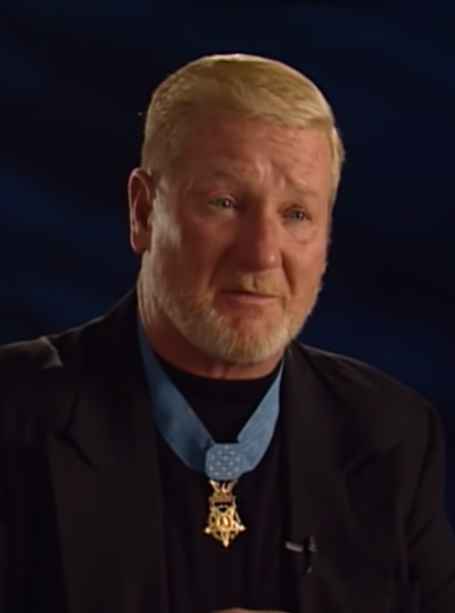

Medal of Honor
The Medal of Honor is the highest distinction that can be awarded by the President of the United States, in the name of the Congress, to members of the U.S. armed forces who have distinguished themselves by going above and beyond the call of duty, risking their lives while exhibiting intrepidity and valor. Only slightly more than 3,500 Medals of Honor have been awarded to members of all services. Of the millions of U.S. service members who served during the Vietnam War, only 261 were awarded the Medal of Honor, including those who survived and those who died.
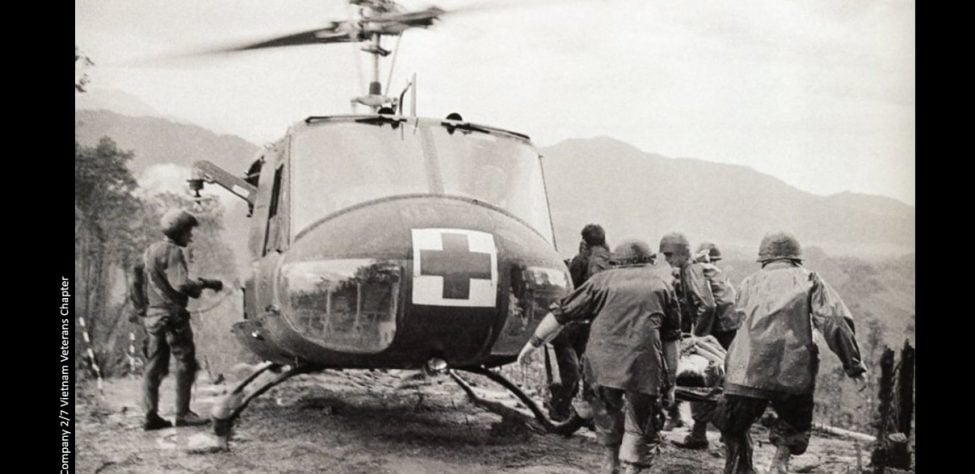

U.S. Army Medics and U.S. Navy Corpsmen (serving in U.S. Marine Corps units) were the enlisted “first responders” of the Vietnam War. They saved countless lives, often at great risk to themselves. Besides providing trauma care on the battlefield, they were responsible for the day-to-day prevention and treatment of a wide range of injuries and diseases among the troops.
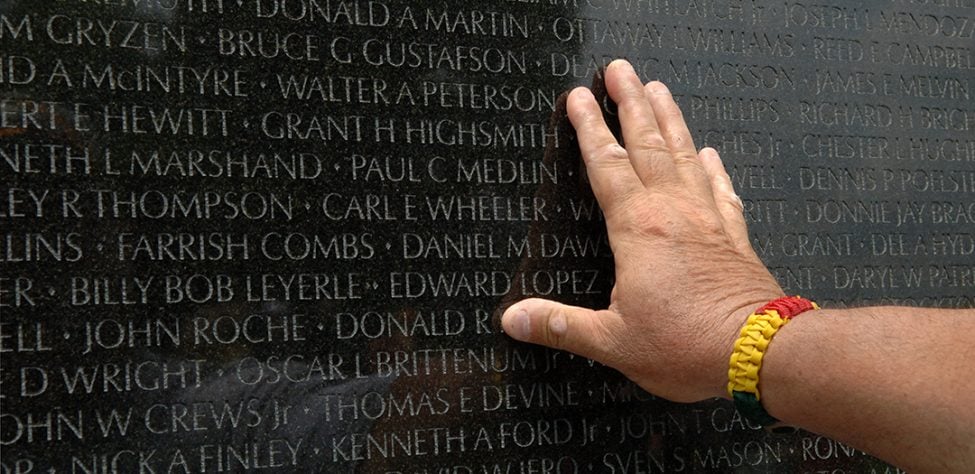

In 2012, the President of the United States proclaimed March 29th to be National Vietnam War Veterans Day. The date was forty-seven years after the fighting in LZ X-Ray and forty-eight years after Everett Alvarez Jr. became the first American pilot to be shot down and taken prisoner. The date was forty-four years after Marines fought house-to-house in the city of Hue and far too many years after service members returned home to a nation that was struggling to separate the war from the warrior. Signed into law in 2017, National Vietnam War Veterans Day has been set aside as a day to honor the legacy of the millions who served our nation during the Vietnam war.
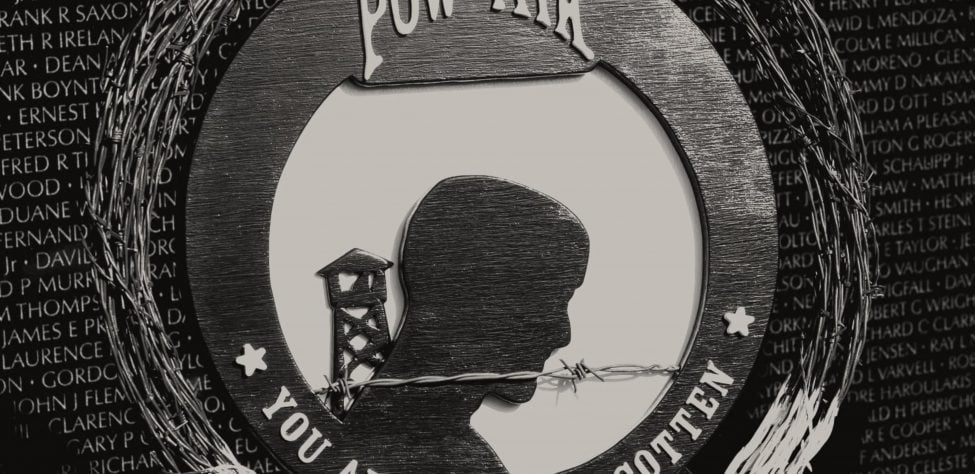

Of the more than 58,000 names on the Vietnam Veterans Memorial, approximately 1,500 are still listed as Missing in Action. Explore their stories and learn more about the topic.
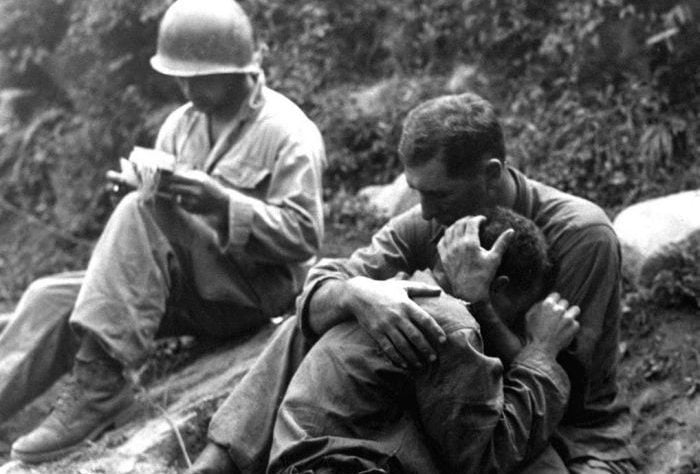

Post-Traumatic Stress Disorder (PTSD) has a long and complicated history. During the Civil War it was call DaCostas Syndrome, named for the doctor who published about the troubling symptoms he was seeing in soldiers from both sides of battle. They suffered shortness of breath, rapid pulse, and fatigue during times of stress, and especially when recalling certain aspects of battle. Shell shock, Battle Fatigue, Post Vietnam Syndrome, and Gulf War Syndrome were all names given to symptoms of PTSD before it was officially added to the DSM (Diagnostic and Statistical Manual of Mental Disorders) as an anxiety disorder in 1980. It has since been changed to a trauma and stressor related disorder.
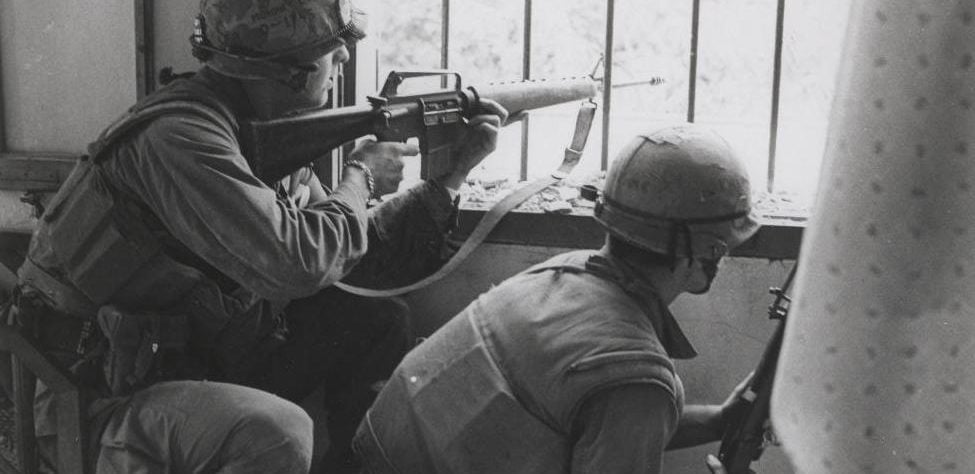

After months of assurances from the Johnson administration, and with nearly a half-million U.S. troops in country, the American public had good reason to believe that January 1968 would mark the beginning of the end of the conflict. By summer, that belief would be seriously shaken — with major political and social consequences at home.
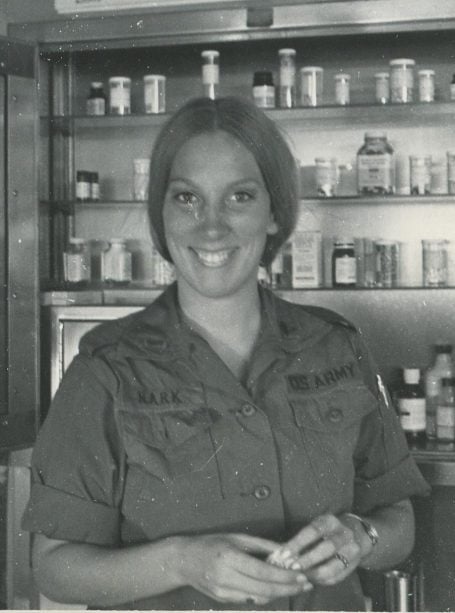

Women in Vietnam
Eight women, all nurses, are among the more than 58,000 names on the Vietnam Veterans Memorial.
Most were killed in airplane or helicopter crashes. Only one was killed by enemy fire. First Lieutenant Sharon Ann Lane, an Army nurse listed on Panel 23 West, Line 112, was killed during a rocket attack on June 8, 1969, less than 10 weeks after she arrived in Vietnam. Assigned to the 312th Evacuation Hospital, Lane was working in the Vietnamese ward of the hospital when the rocket exploded, killing her and her patients. She was from Canton, Ohio.
It is a common misconception that all women serving in Vietnam were nurses. Barred from combat, military women served in health care, communications, intelligence and administrative positions.
Overall, more than 265,000 women served in the military during Vietnam — and nearly 10,000 military women served in-country during the conflict.

